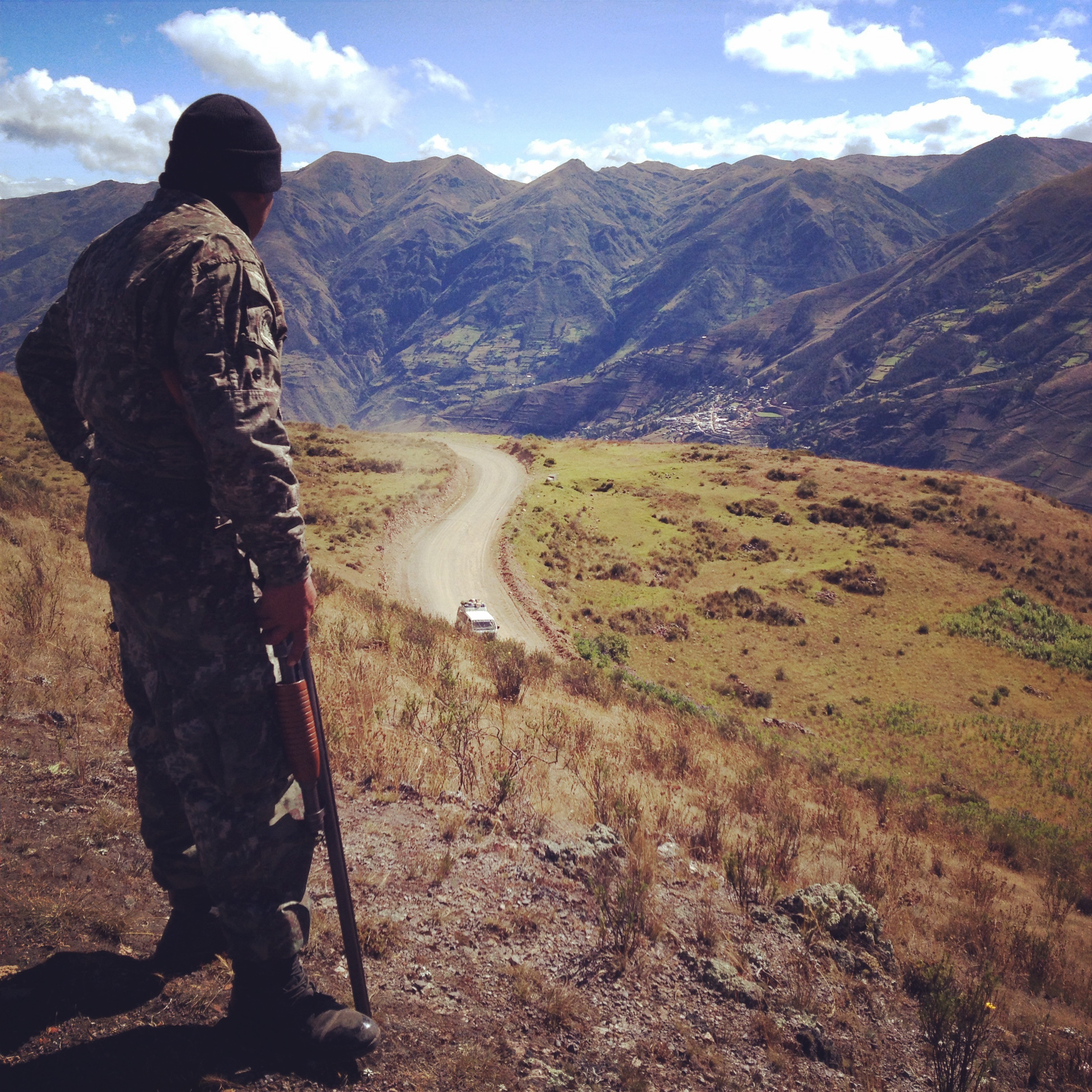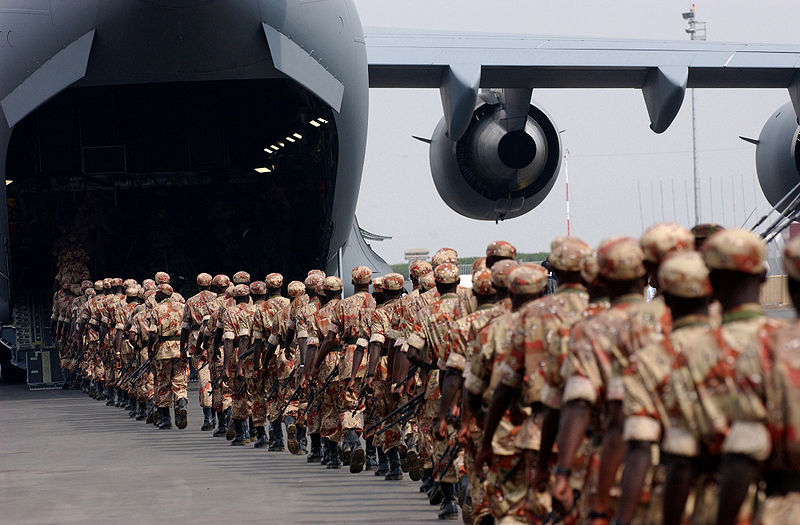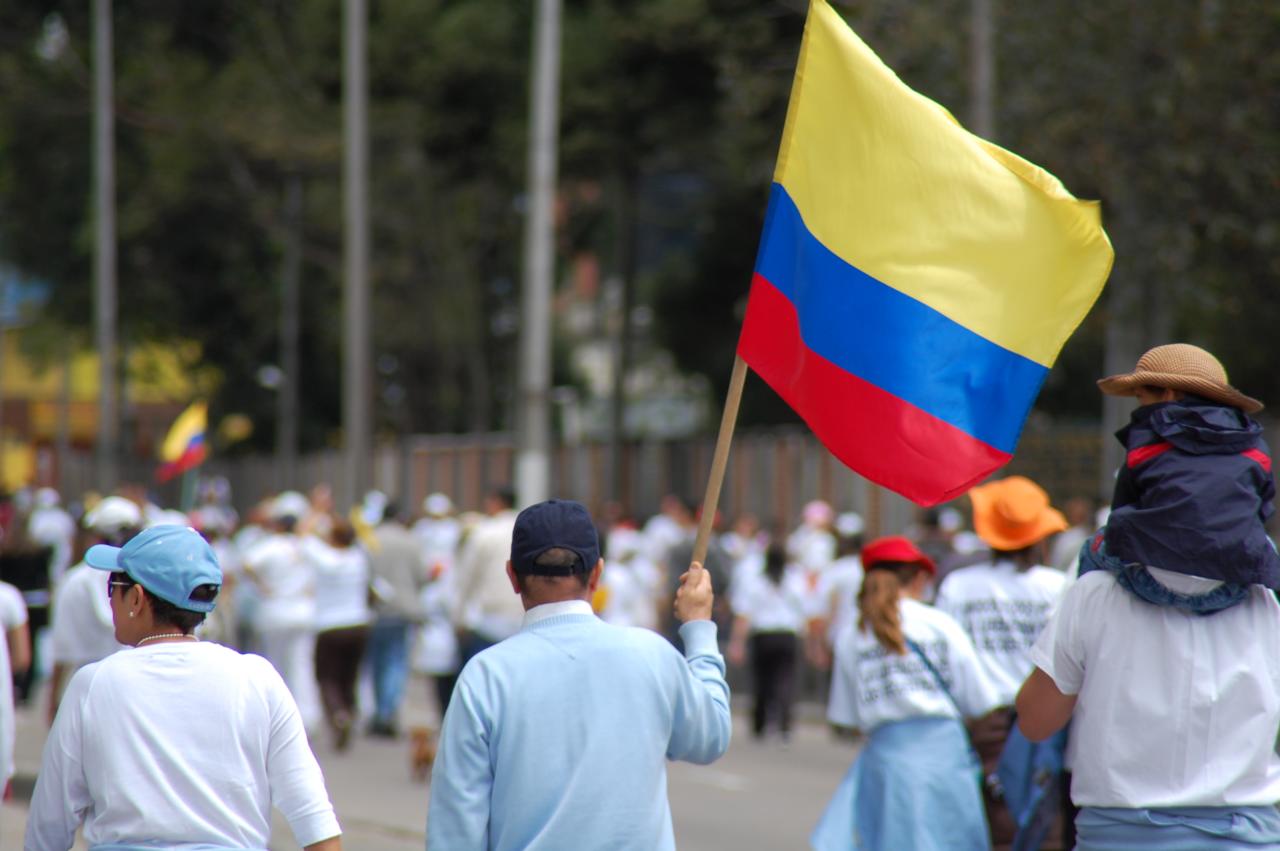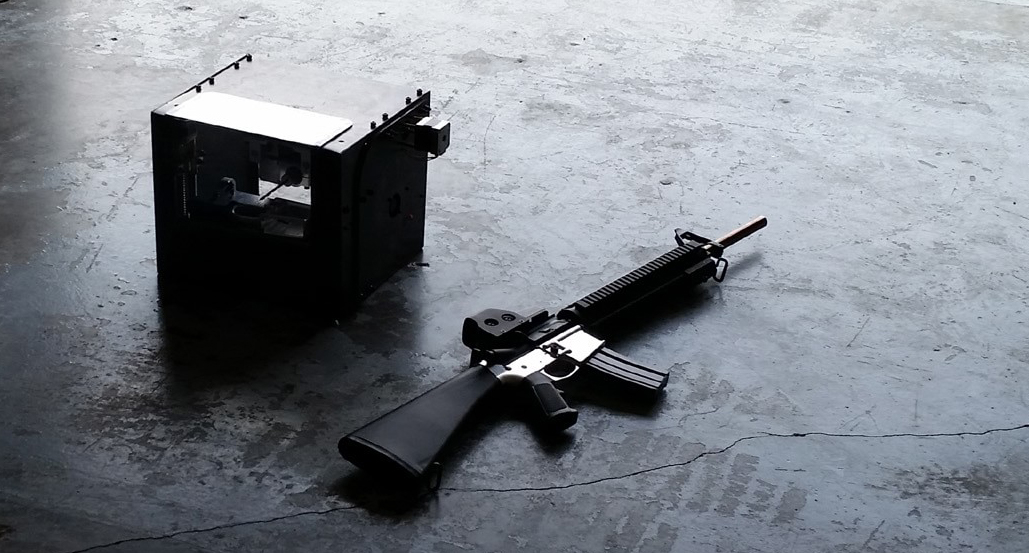By Steven T. Zech for Denver Dialogues
Academic research on internal armed conflict focuses on violence perpetrated by insurgent groups and state security forces, often ignoring other armed civilian actors. However, militias, paramilitary groups, and civilian self-defense forces represent important third parties in most armed conflicts. A recent special issue of The Journal of Conflict Resolution includes a collection of articles on militias in civil war. Scholars have started to generate typologies for groups that provide “self-protection,” or have contributed to conceptual clarification by identifying differences between militias, gangs, and vigilantes. Data collection efforts on pro-government militias are underway. These are welcome developments in an emerging research agenda that investigates other types of armed civilian actors, and one that we’ll tackle in this new symposium for Denver Dialogues.
Part I of the symposium will investigate the myriad reasons armed civilian groups may turn from protection to predation. In other words, when do self-defense forces “go bad”? Down the road this symposium will open up the investigation to transformations in the opposite direction; that is, we will look into the conditions under which predatory groups turn to protection. When do militant groups begin to provide the most important of public goods—community security? I introduced this theme in my June post on “Autonomous Security Provision in Peru,” in which I observed that contemporary Peruvian self-defense forces largely abstain from predatory behavior. Although there have been some notable exceptions (especially those of Commander Huayhuaco and members of the Pichiwilca militia in the 1980s and 1990s), Peruvian self-defense forces have generally provided protection sans predation. In Peru, this is probably a function of the origins of self-defense (in community initiative vs. protection of private interests) coupled with legal provisions. However, there is significant variation both between and within cases. In our first post, Moritz Schuberth shares observations from his fieldwork in Haiti and Kenya, and some conditions under which self-defense forces “go bad.”
When Self-defense Forces “Go Bad”: Evidence from Kenya and Haiti
By Moritz Schuberth
The Transformation of Informal Security Providers
In an article recently published in Contemporary Security Policy, I propose a conceptualization of different ideal types of community-based armed groups depending on the dominant function they fulfil: security-related vigilantes, political militias, and criminal gangs. These hybrid groups often simultaneously serve political and criminal purposes for their sponsors, fulfil socio-economic functions for their members, and protect their own communities as much as they prey upon them. Indeed, the tendency of such groups to “turn bad” is a common outcome in the more than a dozen cases discussed in my article. For instance, many parochial armed groups begin as crime-control vigilantes or self-defence forces yet they end up running protection rackets or working as subcontractors for organized crime groups or political entrepreneurs. Thus, in the end, the very civilians comprising the community to which informal security providers pledge allegiance are the ones who suffer most.
Why is it that informal self-defence forces tend to “go bad”? I have investigated this question in Kenya and Haiti. In both countries, contemporary community-based armed groups can be traced back to politicized vigilantes that emerged in the 1980s and 90s during the troubled period of democratization following the fall of the Duvalier dictatorship in Haiti and during the struggle for multiparty democracy under Daniel Arap Moi in Kenya. Internally, vigilantes acted as informal crime-control groups in marginalized neighbourhoods lacking the most basic presence of the state. Externally, they fought on behalf of either the government or opposition forces—usually primarily contingent upon on who paid the highest price—and protected their community from rival gangs, vigilantes, and militias.
While most community-based armed groups in both countries continue to have a political, a criminal, and a security-related dimension, I analysed which dimension has been most pronounced at a given point, demonstrating how their focus has changed over time from providing security to committing crimes and moonlighting as political militias. Evidence from my field research suggests that these groups’ transformation into predators can be explained by two interrelated yet distinct reasons: the first is related to material factors, including opportunism and the lack of resources. The second reason is the lack of control mechanisms, such as a legal framework or external oversight and accountability measures.
Material Factors
Economic factors can be partly attributed to individual greed and partly to structural grievances. This became all the more apparent during six months of fieldwork in Haiti in 2013, the results of which have recently been published in Conflict, Security & Development. My article argues that while many urban armed groups in Port-au-Prince still provide a certain degree of protection for their own community against rival gangs, overall they can be seen as profit-oriented entrepreneurs who are seeking to improve their limited life chances by trading in violence. In East Africa, vigilantes have been equally compromised by material interests, as I lay out in an article recently published in Africa Spectrum. Based on field research in Kenya, I found that lacking a steady flow of income from their activities, informal security actors in Mombasa have been co-opted by drug lords, while their counterparts in Nairobi have been hired as goon squads by politicians.
Such groups are typically composed of poor and unemployed youth who care little whether they get paid by serving the politico-criminal interests of their sponsors, by facilitating the criminal activities of their members, or by extracting protection fees from their community. This is, however, not exclusively attributable to the greed of individual members, but also due to the lack of resources in the communities from which they emerge. The groups I studied are located in neighbourhoods such as Kibera in Nairobi and Cité Soleil in Port-au-Prince, which are often cited as the most destitute slums in Africa and in the Western Hemisphere, respectively. In this environment, the range of options available to members of urban armed groups is considerably limited and their emergence is likely at least partly explained by structural deficiencies, including inequality, unemployment, fragile state institutions, and the absence of rule of law.
Lack of Control Mechanisms
In the introduction to this post, Steven Zech suggests that legal regulations potentially explain why predation is largely absent in the case of contemporary self-defense forces in Peru. The lack of a binding legal framework, oversight procedures, and accountability mechanisms is a key reason why many informal security providers turn into predatory thugs. As evidenced by recent cases of police abuse in the U.S., holding security providers accountable and subjecting them to external oversight is a daunting task even with regards to regular state security forces in the most developed parts of the world. It is all the more difficult for informal crime-control and self-defence groups in countries with fragile state institutions. Consequently, the oversight of armed groups has partly been privatized in so-called “weak” or “failed” states.
During my fieldwork in such settings, I encountered a number of private and non-governmental initiatives aiming to establish mechanisms of social control to limit the predatory behaviour of informal armed groups. For instance, I interviewed a former police officer who attempts to provide oversight of vigilantes in Nairobi’s Kibera slum by employing them in his private security company. By way of formalising their role as security providers, he aims to sustain them with a regular salary and to embed them within a framework of clear and enforceable rules. In another example, the Brazilian NGO Viva Rio tries to incentivise members of community-based armed groups in Port-au-Prince to adhere to a number of informal rules, such as not to commit burglaries and assaults within their own neighbourhood. Still, both attempts have not been able to address the root causes that lead to the emergence of civilian defence forces in the first place, which is the absence of functional state supplied security.
Another possible preventive against corruption among vigilantes is strong ideational conviction, which can act as a deterrent as powerful as, say, an external oversight committee or the internal investigation unit. Alternatively, however, ideological or religious conviction can easily result in overzealous enforcement of norms relating to idiosyncratic belief systems, often in violation of existing laws. This is what I found in Mombasa and Malindi, two cities on the Swahili coast of Kenya. While many local security arrangements had been taken over by drug lords, faith-based vigilantes in Muslim-majority neighbourhoods were less susceptible to such infiltration. By contrast, they imposed a harsh reign of terror based on the arbitrary application of Sharia law rather than on the Kenyan rule of law. This example shows that the multiple ways in which unsupervised, non-regulated security providers tend to go bad are not limited to turning from protection to predation, but include the potential for transformation into ideologically extreme groups —as was the case in Cape Town with the vigilante group People Against Gangsterism and Drugs (PAGAD).
Conclusion
Based on my research and fieldwork, my sense is that informal security providers have a tendency to go bad and regularly turn out to be part of the problem rather than part of the solution. Given the lack of resources and control mechanisms, such a transformation is extremely difficult to avert, even when private companies or non-governmental institutions try to fill the void left by an absent state. Consequently, I advocate for efforts directed at the reform of the formal security sector as the most effective way to sustainably address the challenge posed by community-based armed groups. While such reforms require long-term investments and strong political will, I am convinced that they are a more realistic and pragmatic approach to deal with problems of security provision than reliance on informal security providers, which further undermine the capacity and legitimacy of the state—the very reason they emerged in the first place.
Moritz Schuberth is a doctoral candidate in Peace Studies at the University of Bradford.







1 comment